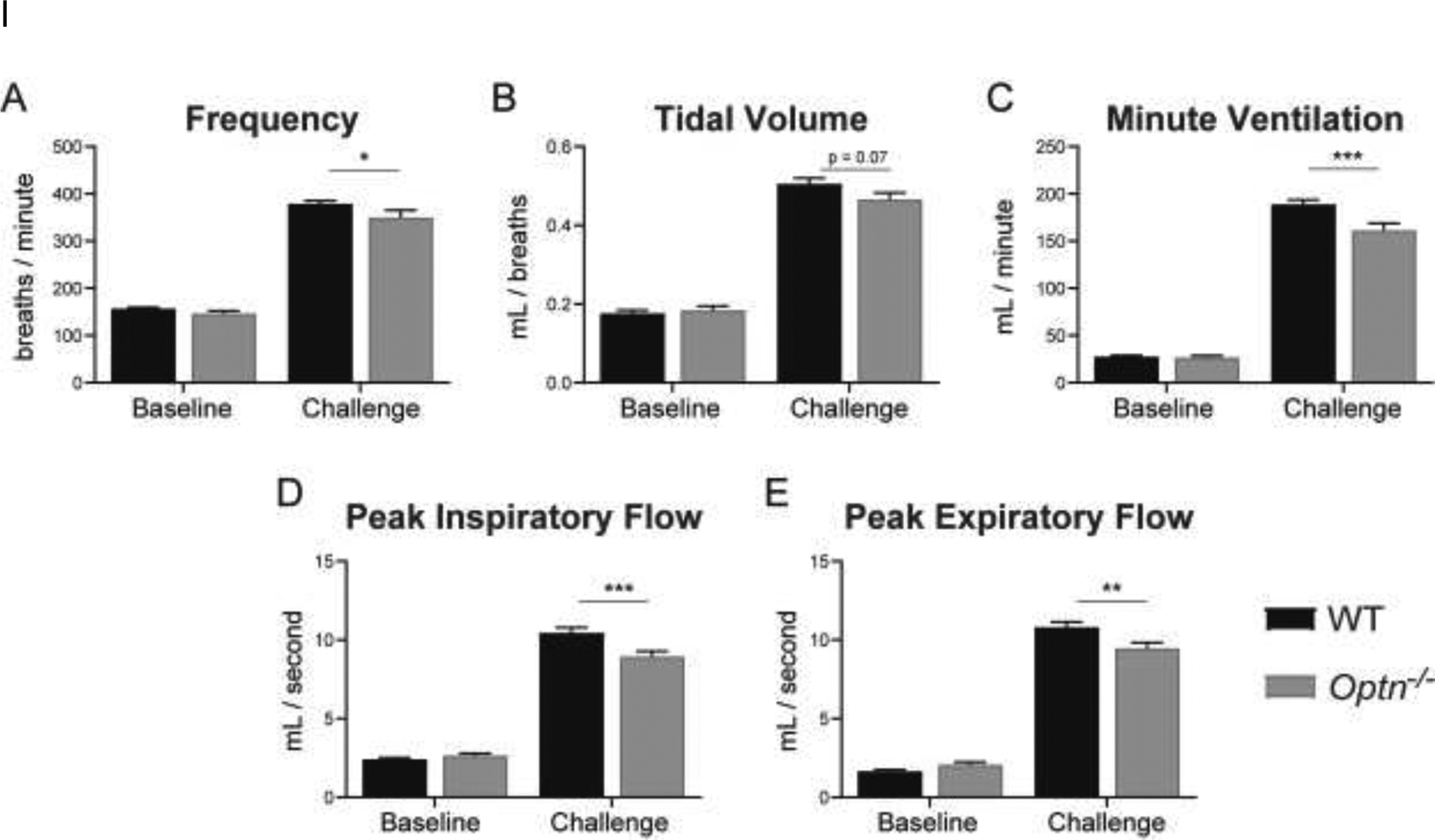FIGURE 1: Respiratory Deficits Present by 6 Months of Age in Optn−/− Mice.

Measures of respiratory function – frequency (A), tidal volume (B), minute ventilation (C), peak inspiratory flow (D), peak expiratory flow (E) – evaluated under normoxia (FiO2: 0.21, N2 balance) (“Baseline”) and a maximal respiratory challenge with hypoxia + hypercapnia (FiCO2: 0.7, FiO2: 0.10, N2 balance) (“Challenge”). At 6 mo of age, Optn−/− mice do not display respiratory insufficiency at baseline. However, when exposed to the respiratory challenge, Optn−/− mice have decreased frequency, minute ventilation, peak inspiratory and peak expiratory flow as compared to C57BL/6J wild type (WT) controls. *p<0.05, **p<0.01, ***p<0.001, ****p<0.0001
